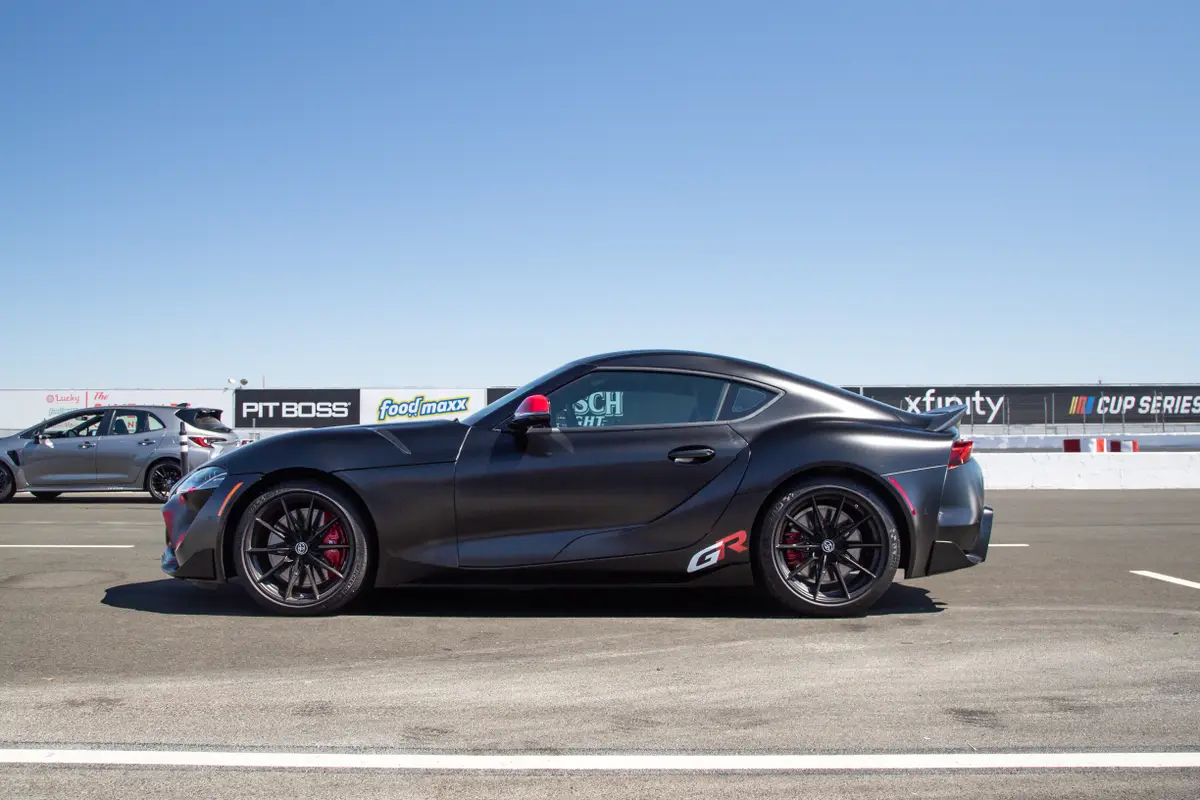4 Ways the 2017 Toyota 86 Is Better Than the Scion FR-S


CARS.COM — In a past life, the 2017 Toyota 86 sports coupe was known as the Scion FR-S. After Scion passed on to that great automotive graveyard in the sky, the Scion FR-S was reincarnated as a Toyota. The automaker refreshed the $27,000 rear-wheel-drive coupe with subtle changes that add up to a noticeable difference. Cars.com named the 2013 FR-S and its twin, the Subaru our Best of 2013 winner, so we bought a BRZ and drove it 14,000 miles, experiencing all the oddities that came with the segment-bending coupe. Here are four ways Toyota made it better.
Related: Drag-Strip Challenge: Chrysler Pacifica Vs. Toyota 86
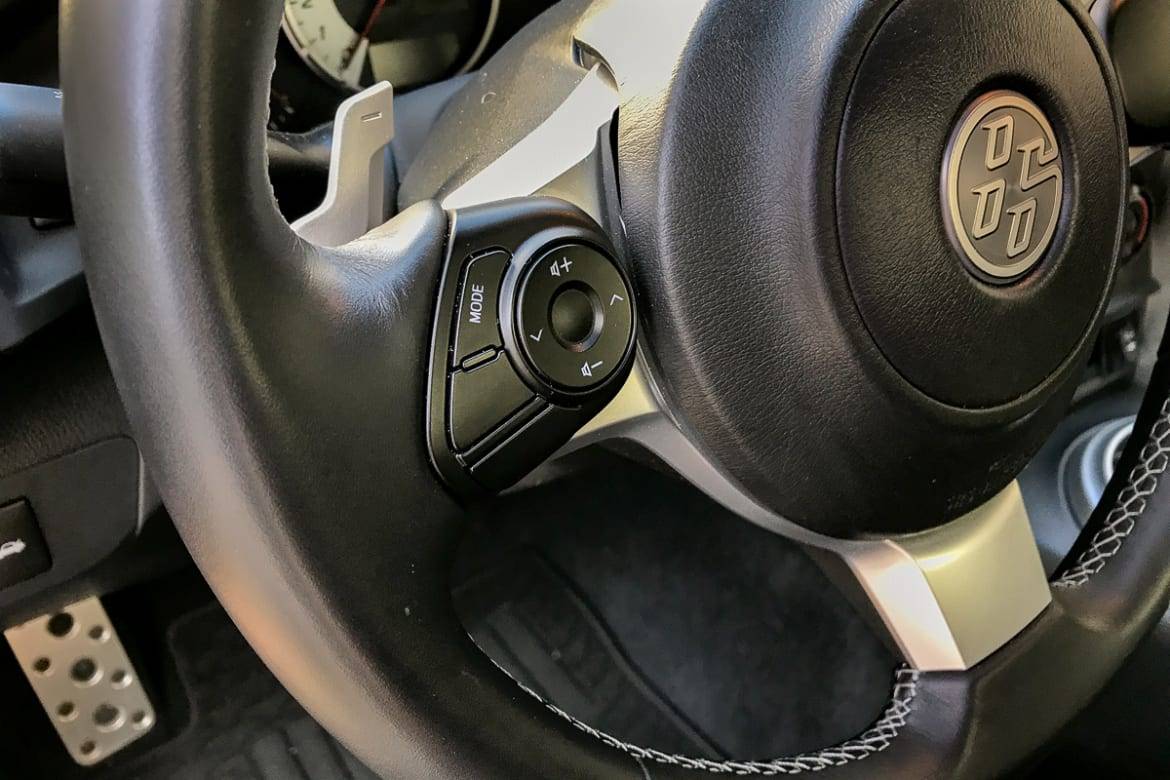
Steering Wheel Audio Controls
Finally. Like the idiom goes, you don’t know what you got until it’s gone. The lack of steering wheel audio controls on the 2013 Scion FR-S/BRZ compared with just about everything else we tested certainly made driving a BRZ feel antiquated. Maybe in another four years we’ll get Bluetooth controls on the steering wheel that competitors like the 2017 Mazda MX-5 Miata and Volkswagen Golf GTI offer now.
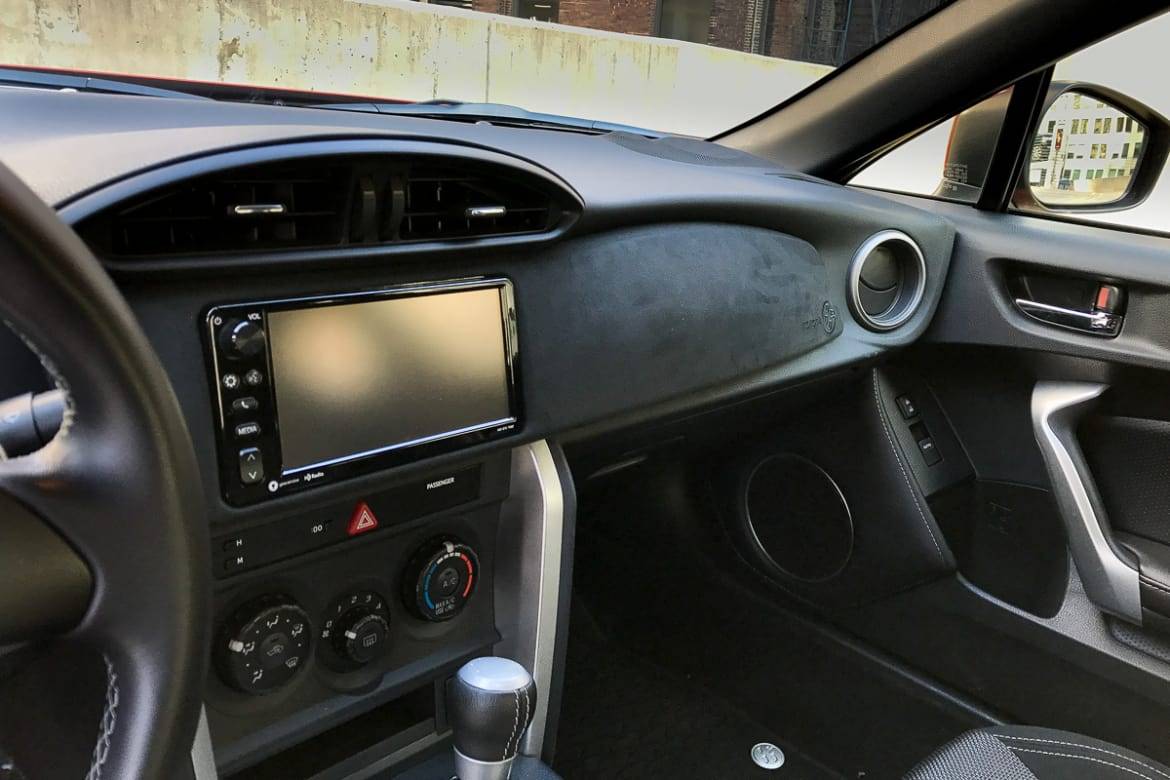
Nicer Interior Materials
A large piece of plastic painted with a faux carbon-fiber pattern was previously slapped across the center dashboard of the FR-S’ interior. It’s gone for 2017, replaced by a similarly shaped accent piece covered in a “Granlux” material, which feels like a soft, fake-suede-like cloth. This type of trim covering is often used on sports cars, and it has a nice premium effect inside the Toyota 86, also appearing on the door panels.
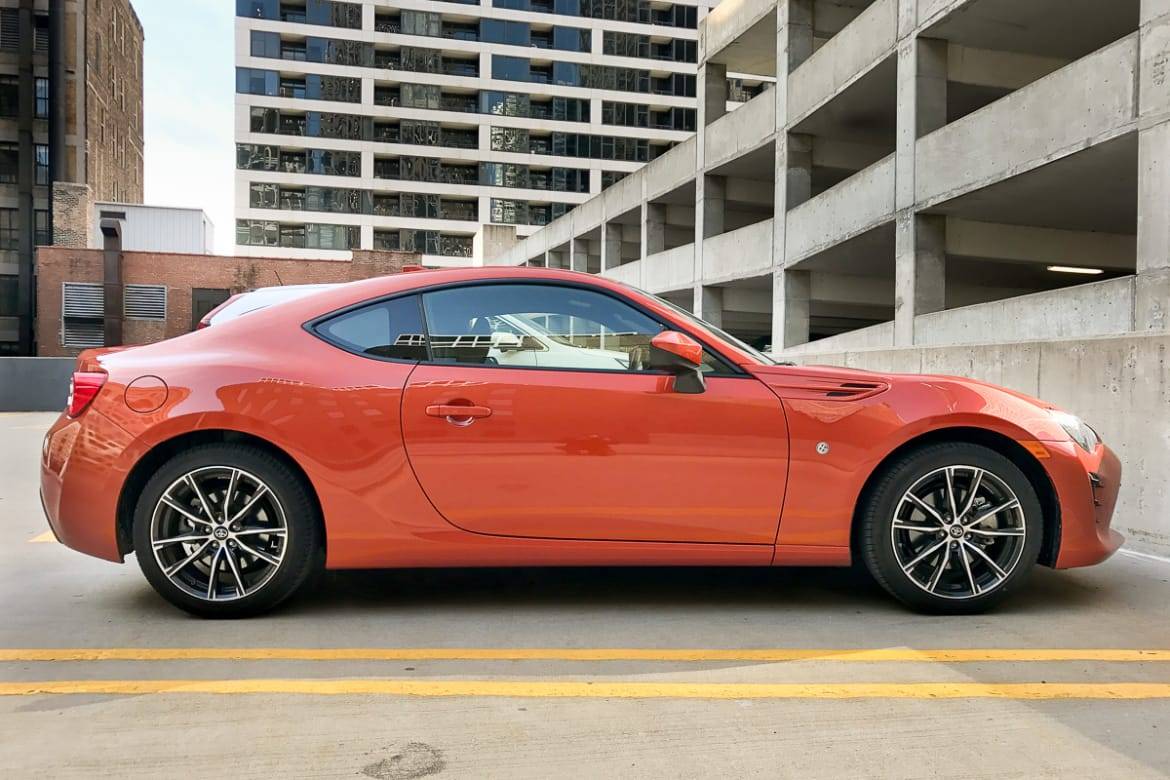
Revised Suspension Tuning
Toyota tweaked the shock absorber and spring rate tuning for 2017. The result isn’t groundbreaking, but the car feels more planted than before, even on the skinny, low-grip Michelin all-season tires I tested (stickier summer tires are available). Spirited driving still brings out that rear-wheel-drive charm, though it now feels more controlled and the rear end is less skittish in aggressive cornering.
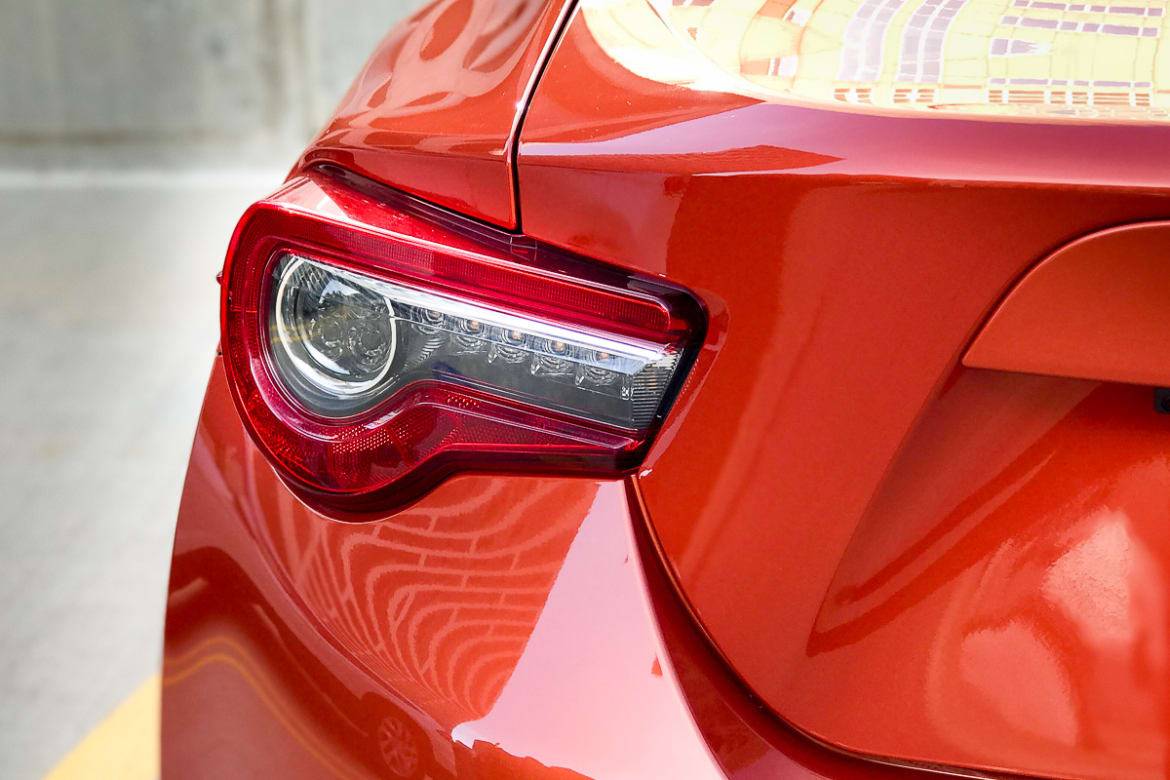
New Taillight Design
I despised the outgoing FR-S’ taillights, which looked like a cheap aftermarket add-on with a clear lens and no tinting over much of the housing. That’s purely a personal preference, but the LED taillights that replace the old design are more modern and, oddly enough, look like some taillights available in the FR-S and BRZ aftermarket for model-year 2016 and older cars.
After experiencing the Toyota 86’s seemingly subtle changes from the FR-S, I’d have a hard time recommending any other year than model-year 2017 in the 86/FR-S/Subaru BRZ’s history. That is, unless Toyota adds 40 horsepower for 2018 (unlikely) — then definitely get that one.

Managing Editor Joe Bruzek’s 22 years of automotive experience doesn’t count the lifelong obsession that started as a kid admiring his dad’s 1964 Chevrolet Corvette — and continues to this day. Joe’s been an automotive journalist with Cars.com for 16 years, writing shopper-focused car reviews, news and research content. As Managing Editor, one of his favorite areas of focus is helping shoppers understand electric cars and how to determine whether going electric is right for them. In his free time, Joe maintains a love-hate relationship with his 1998 Pontiac Firebird Trans Am that he wishes would fix itself. LinkedIn: https://www.linkedin.com/in/joe-bruzek-2699b41b/
Featured stories
